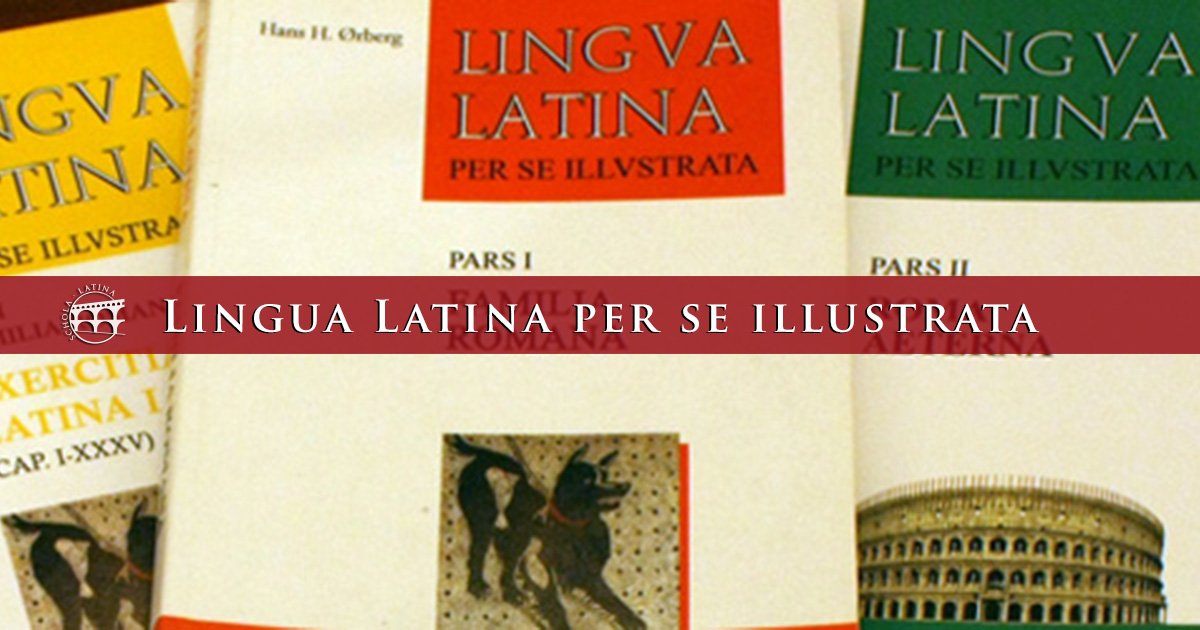

Memorization, largely ignored in teaching practice since the 1980s, is a skill which should be exercised daily, and the younger the student, the more reason there is to use such a powerful tool. One of the strong points of this book’s method is the stress it places on vocabulary, which students have to learn from day one. From chapter 5 on there is a section on Aurea dicta of the great Latin authors, which, taken together, make up a Thesaurus sententiarum.īeginning to study Latin with the present indicative, the present imperative, and present infinitive of all the verbs seems an excellent idea to me, since the student gets used to the different conjugations.

Each chapter contains: a) grammatical explanations ( Lectiones Latinae), which make up ‘the core of each chapter’, and finishes with a vocabulary section b) practice of material learned in the previous section ( Prolusiones) with two-way Latin-English analysis and translation c) Lectiones Latinae, where students read real texts by Latin authors, divided into Lege, intellege (simple texts) and Ars poetica (poetry) d) Lusus (, where students gradually learn how much Latin lies behind the vocabulary of English ( Thesaurus verborum), and find out about Roman customs ( Vita Romanorum).
LINGUA LATINA PER SE ILLUSTRATA EXTRA PRACTICE FULL
Practice has taught me that Classical Latin is indeed designed for a full year or two semesters.Ĭlassical Latin consists of 28 chapters, 5 appendices, and two indexes. McKeown’s method is aimed at a one-year undergraduate course or an intensive semester. About 80 students started the course, but only 50 stayed through to the end (student absenteeism in Spain is now chronic). I used it in class from September 30, 2010, until January 28, 2011. I read it with great curiosity and attention, studied the exercises on the author’s web page, and decided to try it out on first year students of Hispanic Philology and English Studies at the University of Huelva. Then, not quite two years ago, I came by a copy of Classical Latin by McKeown, a first-class Ovidian scholar, currently Professor at the University of Wisconsin-Madison.

They tell me about the pros and cons of each one, but all agree that it is virtually impossible to teach even basic Latin in six months. Ørberg ( Lingua latina per se illustrata, I-II), some the Cambridge Latin Course, others the Oxford Latin Course, and others again the more traditional Spanish method of Segura Munguía ( Método de Latín), while a few rely on their own methods, using material from here and there. But I never find an answer that fulfills my expectations. I also ask around in other universities to seek consolation in the misfortunes of others. I then anxiously contact high school Latin teachers to ask which method is the most suitable to achieve this task, one which, to me, seems virtually impossible.

Whenever I have to prepare classes for the new year, I ask myself how I can manage to teach basic Latin in just one semester to students with no previous knowledge of the language. This is the harsh reality we have to deal with. 1 Today, up to fifty percent of first-year undergraduate students may have no Latin. Few of us would have believed only a few years ago that the Arts Faculties of Spanish universities would be taking in students with no previous knowledge of Latin.


 0 kommentar(er)
0 kommentar(er)
